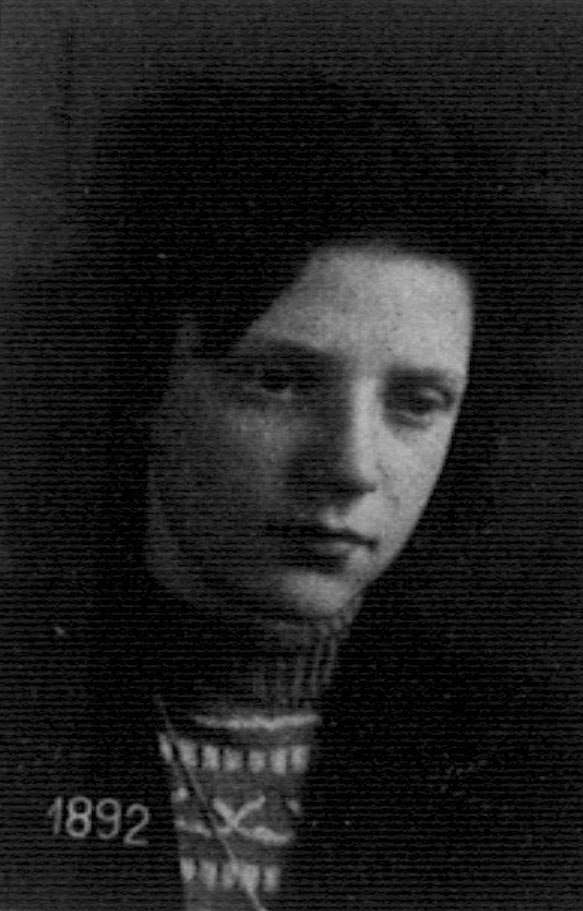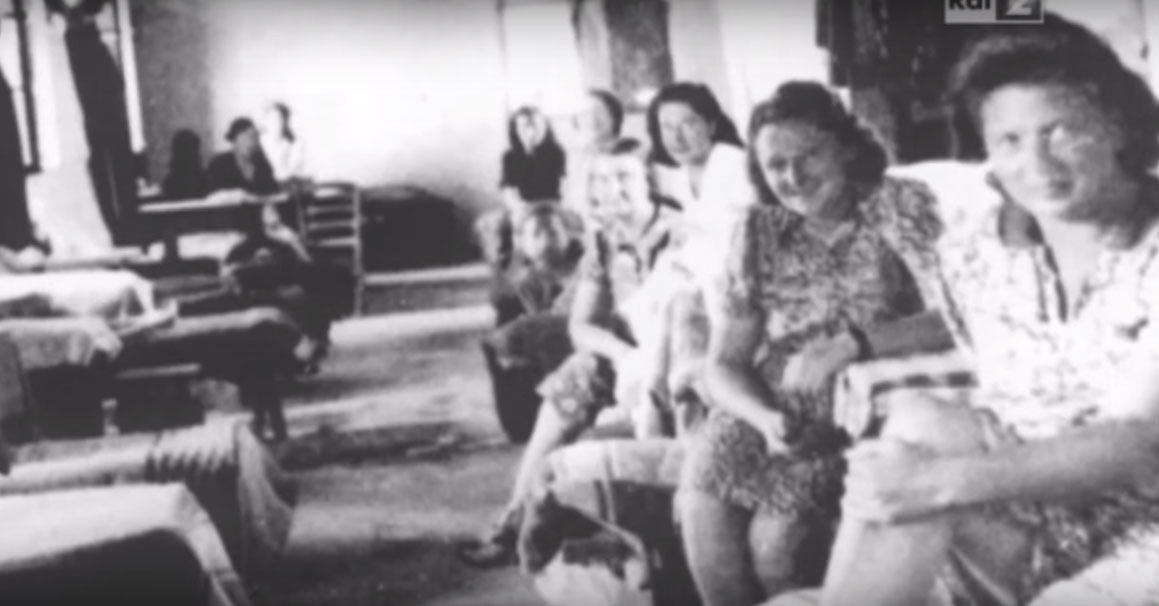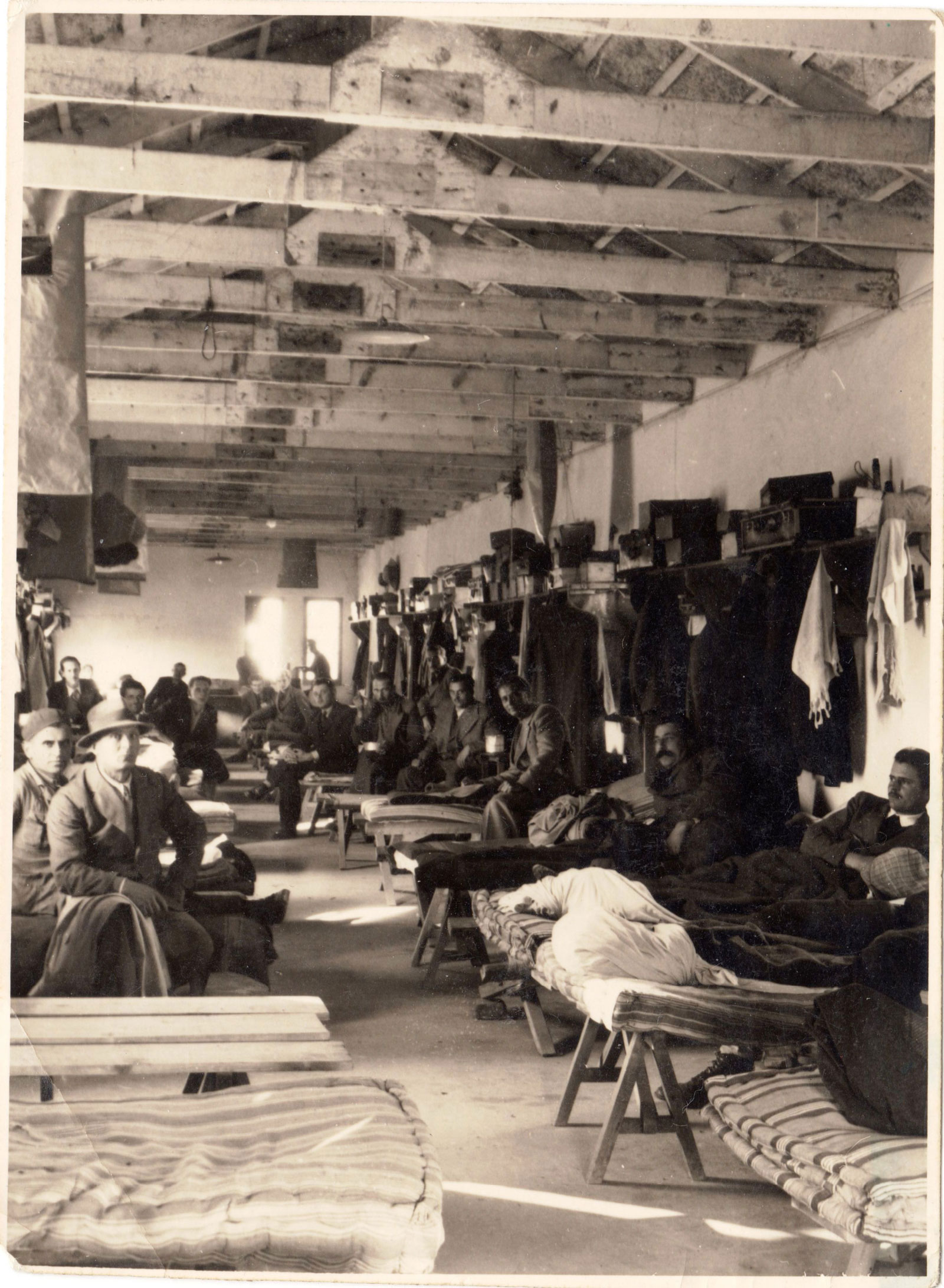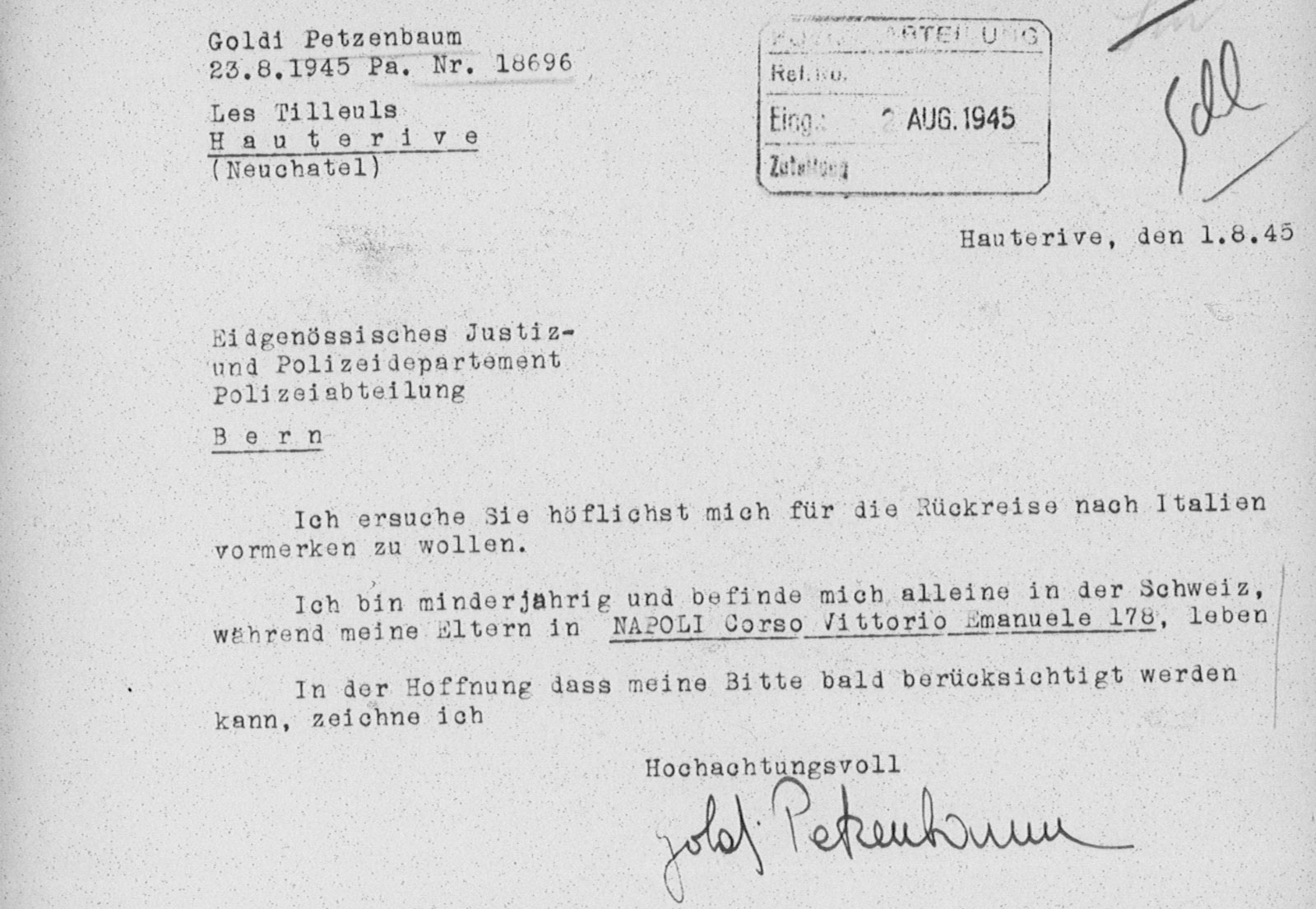A Note to Readers: In response to many queries and comments, we want to make it clear that the two-part investigation of Elena Ferrante by Claudio Gatti was undertaken on behalf of Mr. Gatti’s Italian newspaper Il Sole 24 Ore. After the Il Sole investigation was completed and definitely scheduled to appear on October 2 in Il Sole as well as in the German newspaper Frankfurter Allgemeine Zeitung and on the French website Mediapart, an English version of both articles was offered to the NYR Daily for publication on the same day. We regret any confusion about the origins of the Il Sole investigation and publication.
Readers may be interested in two extensive discussions of Elena Ferrante’s work in The New York Review, by Rachel Donadio and by Roger Cohen, in December 2014 and in May 2016.
—The Editors, October 10, 2016
There are no traces of Anita Raja’s personal history in Elena Ferrante’s fiction. The stories Ferrante tells are those of the Neapolitan poor, of post-war Italy, of social and female oppression. None of Ferrante’s books gives any indication of the tragedies experienced by Raja’s mother and grandparents and their extended family—pogroms in Poland, Nazi persecution in Germany, anti-Semitic laws in fascist Italy and the Holocaust, which took the lives of her great-grandparents and a dozen other members of her family.
And yet one wonders if the writer’s self-described attraction to what she called “images of crisis” and to looking at “what most terrifies us” is not in some way linked to the story of Raja’s mother, Golda Frieda Petzenbaum. Petite—she was about 5’2”—with blue eyes and red hair, “Goldi” experienced the worst tragedy of the twentieth century as a young girl, emerging not as a victim but as a woman capable of the accomplishment that her daughter, Anita Raja, attributed to the German writer Christa Wolf’s Cassandra: “rebuilding an independent female self, able to move away from the life rhythms of an era of horrible butchers.”
Raja’s mother survived discrimination, internment, a dangerous escape to Switzerland, and almost two years alone in different refugee camps. At 53, after the death of her husband Renato Raja, a Neapolitan magistrate, she managed to reinvent herself by plunging into the language of her relatives (and persecutors), teaching German in a private school in Rome and co-writing two German grammar books with Elisabetta Mattioli. Thirty years have passed since Goldi’s death, on May 12, 1986, but Mattioli still remembers her well: “She was nice, witty, creative, intellectually sparkling and with a great sense of irony.”
Goldi was born in 1927 in Worms, Germany; her parents, Abraham (known as Wrumek) and Sally Regina, had fled from anti-Semitism in Poland. But by 1937, life had become unbearable for Jews in Germany and they decided to seek refuge in Milan, Italy, where they arrived with Goldi on October 18 of that year. (Goldi’s older sister, Fanny Gisela, had died as a child in Germany.)
But this was only the beginning of the horrors faced by the Petzenbaum family. On September 18, 1938, Mussolini announced his “Measures for the defense of the race,” which led to the persecution of Jews in Italy, especially foreigners. On June 15, 1940, five days after Italy’s entry into World War II, the Interior Ministry issued an arrest order for all foreign Jews, who were to be interned in camps in central and southern Italy.
On July 12, the Ministry ordered the transfer of Sally and Goldi to Spezzano della Sila, a village in the province of Cosenza. Wrumek was interned in Urbisaglia, near Macerata, where a men’s concentration camp was established in the palace of Count Giustiniani-Bandini. A note from the Milan Prefecture tells us that on July 24, 1940, “41 German Jews will be sent to the Urbisaglia concentration camp on board of the Express 1351, departing Milan at 5:07 AM, and duly accompanied by police officers.” Wrumek had a Polish passport, but in his internment order he was identified as a “German Jew.” So, it stands to reason that he was among the forty-one men on board that train.
In the Urbisaglia camp records, Wrumek is registered as arriving there at 1 AM on July 25, 1940.
Ten days later, Sally and Goldi began their internal exile in Spezzano, an isolated village in Southern Italy. Not at all resigned, a few days after her arrival, Sally asked to be reunited with her husband. Initially the Interior Ministry denied the request, but on November 5 it approved the transfer and eleven days later, Wrumek joined the family in Spezzano.
The Italian National Archives show that on April 12, 1943, Wrumek wrote to the Interior Ministry: “By decision of the Cosenza police, I am asked to vacate the apartment that I currently live in, which is now needed by its landlord. As there are no other accommodations available in town, I assume I will have to be transferred to another location. I am therefore pleading with the Ministry to possibly transfer my wife and me to a location in Northern Italy.” Wrumek suggested five towns near Milan. One by one the prefectures of those towns rejected his request.
Advertisement
A month later, on May 28, 1943, the Prefect of Cosenza reported to the Ministry of Interior that “certain Jewish inmates in Spezzano show behavior that leaves much to be desired, as they are in constant contact among each other and with suspicious local people. Therefore, I suggest they are moved away from town, preferably to a concentration camp.” On June 7, 1943, the Ministry authorized a transfer to the Ferramonti camp, also near Cosenza, of the “those elements deemed most dangerous.” A note from Ferramonti, dated July 28, 1943, shows that “twelve Jewish internees have arrived today.” The sixth and seventh names on the list are those of Wrumek and Sally.
Ferramonti was the largest internment camp for foreign Jews in Italy. Built in an area affected by malaria, the camp was enclosed by a wooden fence topped with barbed wire and had eight watchtowers guarding its perimeter. It consisted of ninety-two white sheds, a few of which were used for administrative activities while the others served as dormitories for the prisoners.
Goldi, however, was never interned in Ferramonti. Made aware of Hitler’s intentions toward the Jews, Wrumek and Sally decided to send their daughter to safety in Switzerland. In 1942 they had received word from relatives in Poland that conditions were getting worse and that family members had started to disappear to “unknown places.” These messages included postcards from Wrumek’s father, at the time confined in the ghetto of Krakow with his wife, his sister Gusta, held in the ghetto of Tarnów, and Gusta’s two children, Sarah and Joshua, respectively ten and sixteen. The postcard from the children is particularly touching. Knowing that their uncle was in Italy, Sarah and Joshua wrote that the Germans had taken away their parents and begged him to ask for the Pope’s help. A tragic plea that Wrumek, himself confined in Ferramonti, was in no position to answer.
The entire family was decimated: Gusta and her husband David were killed, probably in the Bełżec extermination camp; Joshua died in Auschwitz along with two of his cousins, Shoshana and Khana, daughters of another of Wrumek’s five siblings, while Sarah’s fate remains unknown.
Recognizing the danger they faced, the Petzenbaums decided to arrange a dangerous journey from Spezzano to Switzerland for their daughter. Records of Goldi’s interrogation by the Swiss police—obtained from the Holocaust Survivors and Victims Resource Center of the US Holocaust Memorial Museum in Washington—explain what happened.
Goldi left Spezzano with the daughter of a friend of her parents, who was returning to Milan after visiting her grandparents, interned in the same town as the Petzenbaums. She remained in Milan with the friend and her daughter until November 11, 1943, when they all crossed the border on foot with the help of a guide.
Later, Goldi recounted that moment to her friend and co-author Elisabetta Mattioli. “Goldi was very reserved. She never spoke of her past. Except once, and I immediately knew that it was a unique moment,” Mattioli recalls. “She told me that she was sent to Switzerland and that she crossed the border from Italy on foot, at night, with other refugees. She remembered that it was dark and cold, with knee-deep snow, and they were asked to proceed in single file without speaking. At one point somebody lost something, but it was too dangerous to go back to look for it and they didn’t. Goldi told me that she intensely felt the danger and even today, whenever I happen to go walking in the woods, I have this image of Goldi crossing the border in the dark and in fear.”
Ironically, Goldi would have been rescued without that terrifying crossing had she stayed with her parents in Italy. About a month after Wrumek and Sally arrived, the Ferramonti camp was liberated by the Allied Forces, who had started their march up the Italian peninsula.
When those held in the camp were freed, most of them moved to Palestine or the United States. The Petzenbaum family, however, decided to settle in Naples, where Goldi was finally able rejoin them at the beginning of September 1945 after spending almost two years in different Swiss refugee sites for both children and adults.
Advertisement
Goldi spent eleven years in Naples, where she attended a high school and befriended another Jewish girl, Anita Gherscfeld; later she married Renato Raja, a Neapolitan magistrate. Her daughter, Anita, was born in 1953. Three years later, the family moved to Rome, where Anita Raja herself was raised and went to school.
“When I met her, Goldi was already living in Rome, but she always remained very attached to Naples,” Mattioli said. “Because of her Neapolitan husband and because she had lived there with her parents, she frequently spoke of Naples. And sometimes she would say something in Neapolitan dialect. With her German accent.”
In describing her mother in Frantumaglia, Elena Ferrante did not mention this detail. Perhaps she thought it would have been too revealing. That is a shame, because that German-Neapolitan accent must have been really unique. Like Goldi.







